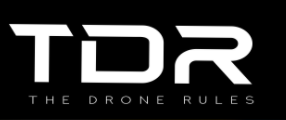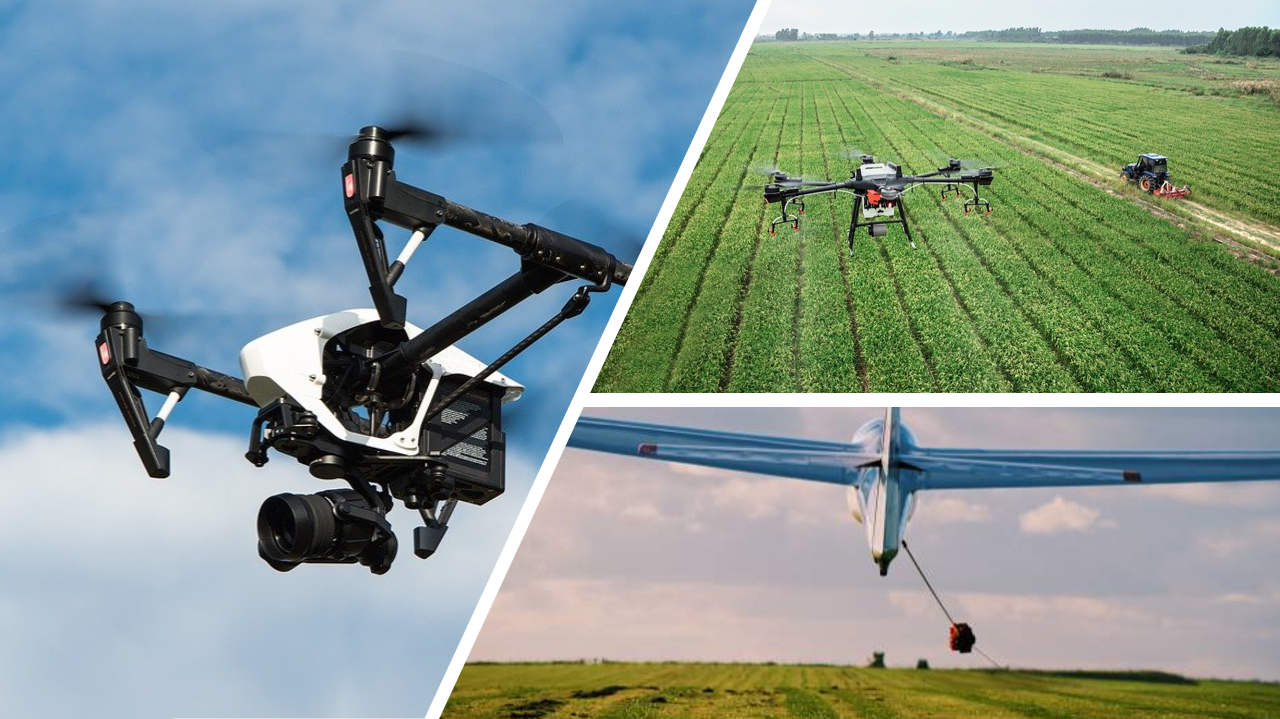UK SORA Explained
The Drone Rules
What is it?
TDR Services
Scenarios
SORA Audits
CAA Resources
FAQ
What Is it?
SORA (Specific Operations Risk Assessment) is a structured methodology for assessing and mitigating the risks of drone operations in the Specific Category. It helps determine operational safety objectives, identify technical and procedural mitigations, and define training requirements for remote pilots and crew.
SORA enables operators to fly complex missions, including Beyond Visual Line of Sight (BVLOS) in non-segregated airspace, by aligning risk with appropriate safety measures. For international operations, recognition of UK SORA by foreign authorities is not guaranteed and depends on each state’s policies and risk tolerances.
12-month validity period
Costs between £2,185 – £39,967
Required to hold a GVC
No maximum UA mass
Flyer ID required
Operator ID Required
Appropriate Insurance Required
Maximum UAS dimension ≤ 40m
Maximum Cruise speed ≤ 200 m/s
UK SORA Guide
Step-by-Step Process
How to Get Approved Under the UK SORA Framework
- Develop Your Concept of Operations (CONOPS)
Clearly define your mission, airspace, aircraft type, people on the ground, and air/ground risk mitigations. - Perform a Ground Risk Class (GRC) Assessment
Classify the risk to people and objects on the ground using SORA Annex B. - Conduct Initial Air Risk Class (ARC) Assessment
Determine the likelihood of encountering other airspace users in your volume of operation. - Apply Tactical and Strategic Mitigations
Reduce your ARC using mitigations (e.g., geo-fencing, airspace coordination, detect & avoid). - Determine SAIL (Specific Assurance and Integrity Level)
SAIL is calculated based on GRC and ARC. It defines which OSOs (Operational Safety Objectives) apply. - Address Required OSOs and Provide Evidence
Implement and evidence the OSOs required by your SAIL level (e.g., robust procedures, safety culture, tech assurance). - Submit Your SORA Package to the CAA
Include: CONOPS, SORA risk matrix, OSO compliance table, evidence documents, and maps. Application routes may vary based on mission type. - Receive Operational Authorisation
If accepted, you’ll be issued an OA under UK Regulation (EU) 2019/947 tailored to your unique SORA assessment.
Need help building your SORA package? Work with our compliance team →
FAQs – Frequently Asked Questions
What is SORA?
The Specific Operations Risk Assessment (SORA) is a risk-based framework developed by JARUS and adapted by the UK CAA to authorise complex or high-risk UAS operations.
Do I need a GVC to apply for SORA?
Yes, for most VLOS/BVLOS operations, the pilot must hold a valid GVC. Additional qualifications may be needed depending on the SAIL and OSOs.
What does SAIL mean?
Specific Assurance and Integrity Level (SAIL) represents the risk level of your operation. Higher SAIL values mean more rigorous safety requirements and evidence.
Can I use SORA for BVLOS operations?
Yes — SORA is the now the most recognised route to BVLOS operations in the UK. It requires robust mitigations, C2 link integrity, airspace coordination, and procedural compliance.
How long does the SORA process take?
It varies based on complexity and completeness of your submission. CAA reviews may take several weeks to months, especially for higher SAIL operations.
Is SORA only for BVLOS operations?
No. While SORA is required for BVLOS operations, it's also used for complex VLOS missions that fall outside the Open Category or PDRA01 (Specific Category) — for example, flights in densely populated controlled airspace, or above 400ft asl (above surface level).
Can I combine PDRA01 and SORA in one approval?
No, not directly. PDRA01 is a predefined scenario with fixed conditions. If your operation doesn’t meet those limits, you must switch to a full SORA-based application. However, organisations may hold both: using PDRA01 for routine VLOS and SORA for complex or BVLOS ops.
What documented evidence do I need for a successful SORA application?
Technical and/or procedural evidence (e.g. maps, logs, media files).
Is SORA approval permanent?
No. SORA results in an Operational Authorisation (OA), typically valid for 12 months. A SORA is specific and so may also last less than a year if your application is for a shorter period of time – e.g. a few days, weeks or months. You must renew or reapply if your conditions change.
Step-by-Step Process
How to Start Operating Under the UK SORA Framework
- Define Your Mission & Airspace (CONOPS)
Begin by writing a clear Concept of Operations (CONOPS). Define where, when, and how you plan to fly — including environment, altitude, risk factors, and airspace class. - Assess Your Risks (GRC + ARC)
Use the SORA framework to calculate your Ground Risk Class (GRC) and initial Air Risk Class (ARC). These will shape the rest of your application. - Determine Your SAIL Level
Based on GRC and ARC, calculate your Specific Assurance and Integrity Level (SAIL). This determines how many Operational Safety Objectives (OSOs) you must address. - Gather Technical and Procedural Evidence
You must prove that your operation meets the OSOs. This includes procedures, mitigations, equipment specs, pilot qualifications, and airspace coordination. - Work With Experts
While optional, working with The Drone Rules (TDR) will greatly streamline this process. Our team helps you structure your CONOPS, calculate risk levels, and ensure your submission meets CAA expectations the first time. - Prepare and Submit Your SORA Package
Assemble and submit your full risk assessment, including all supporting evidence and matrices, via the CAA's online portal. - Receive Operational Authorisation
Once reviewed and approved, the CAA will issue an Operational Authorisation tailored to your SORA-based application. - Conduct Operations as Authorised
Operate according to your approved framework. Regularly review risks, maintain documentation, and apply for renewal or variation as needed.
Need help with your SORA submission? Our experts can guide you →
FAQs – Frequently Asked Questions
What is SORA?
The Specific Operations Risk Assessment (SORA) is a risk-based framework developed by JARUS and adapted by the UK CAA to authorise complex or high-risk UAS operations.
Do I need a GVC to apply for SORA?
Yes, for most VLOS/BVLOS operations, the pilot must hold a valid GVC. Additional qualifications may be needed depending on the SAIL and OSOs.
What does SAIL mean?
Specific Assurance and Integrity Level (SAIL) represents the risk level of your operation. Higher SAIL values mean more rigorous safety requirements and evidence.
Can I use SORA for BVLOS operations?
Yes — SORA is the now the most recognised route to BVLOS operations in the UK. It requires robust mitigations, C2 link integrity, airspace coordination, and procedural compliance.
How long does the SORA process take?
It varies based on complexity and completeness of your submission. CAA reviews may take several weeks to months, especially for higher SAIL operations.
Is SORA only for BVLOS operations?
No. While SORA is required for BVLOS operations, it's also used for complex VLOS missions that fall outside the Open Category or PDRA01 (Specific Category) — for example, flights in densely populated controlled airspace, or above 400ft asl (above surface level).
Can I combine PDRA01 and SORA in one approval?
No, not directly. PDRA01 is a predefined scenario with fixed conditions. If your operation doesn’t meet those limits, you must switch to a full SORA-based application. However, organisations may hold both: using PDRA01 for routine VLOS and SORA for complex or BVLOS ops.
What documented evidence do I need for a successful SORA application?
Technical and/or procedural evidence (e.g. maps, logs, media files).
Is SORA approval permanent?
No. SORA results in an Operational Authorisation (OA), typically valid for 12 months. A SORA is specific and so may also last less than a year if your application is for a shorter period of time – e.g. a few days, weeks or months. You must renew or reapply if your conditions change.
CAP3017
CAP 3017 sets out the UK CAA’s implementation of the Specific Operations Risk Assessment (SORA) methodology. It provides the framework for risk-based authorisations for complex or high-risk drone operations, particularly where predefined scenarios like PDRA01 are not suitable.
Related Civil Aviation Publications
CAP3016
CAP 3016 introduces the UK CAA’s proposal to implement the UK version of the Specific Operations Risk Assessment (UK SORA). It explains how UK SORA will differ from JARUS SORA 2.5, and describes the approach to implementing the digital application systems.


